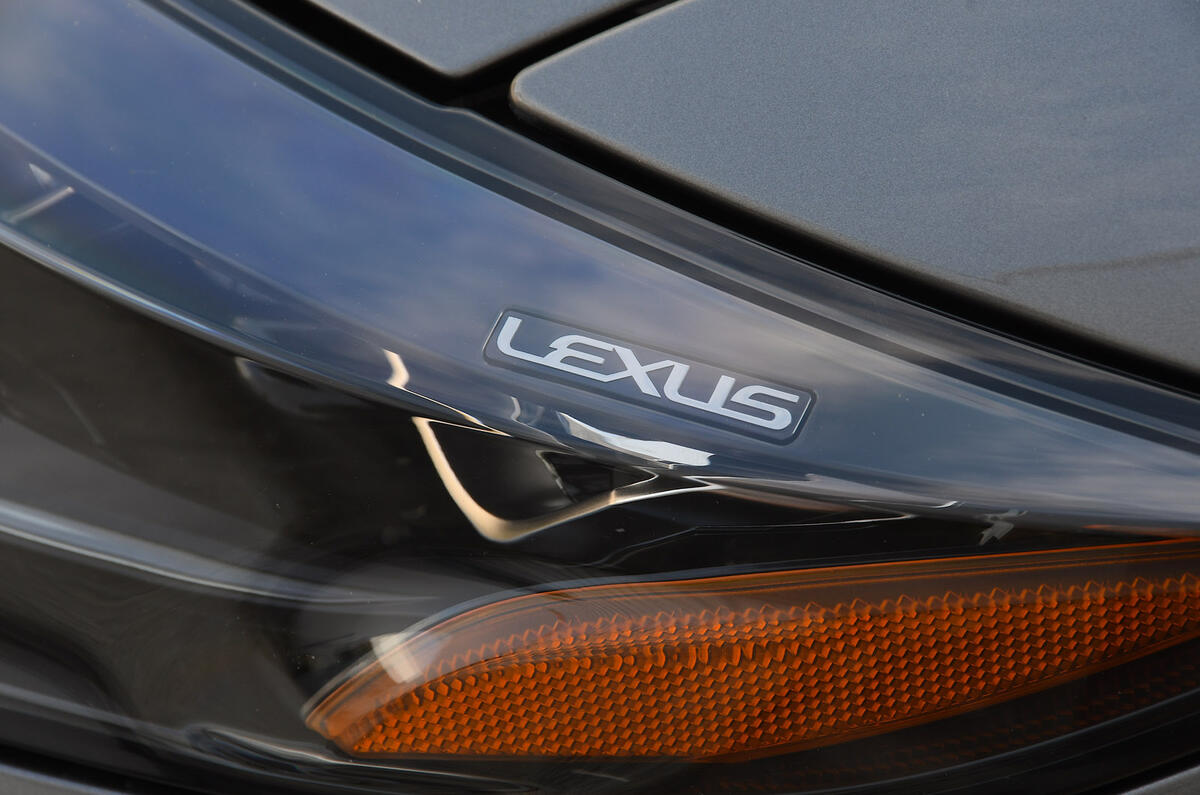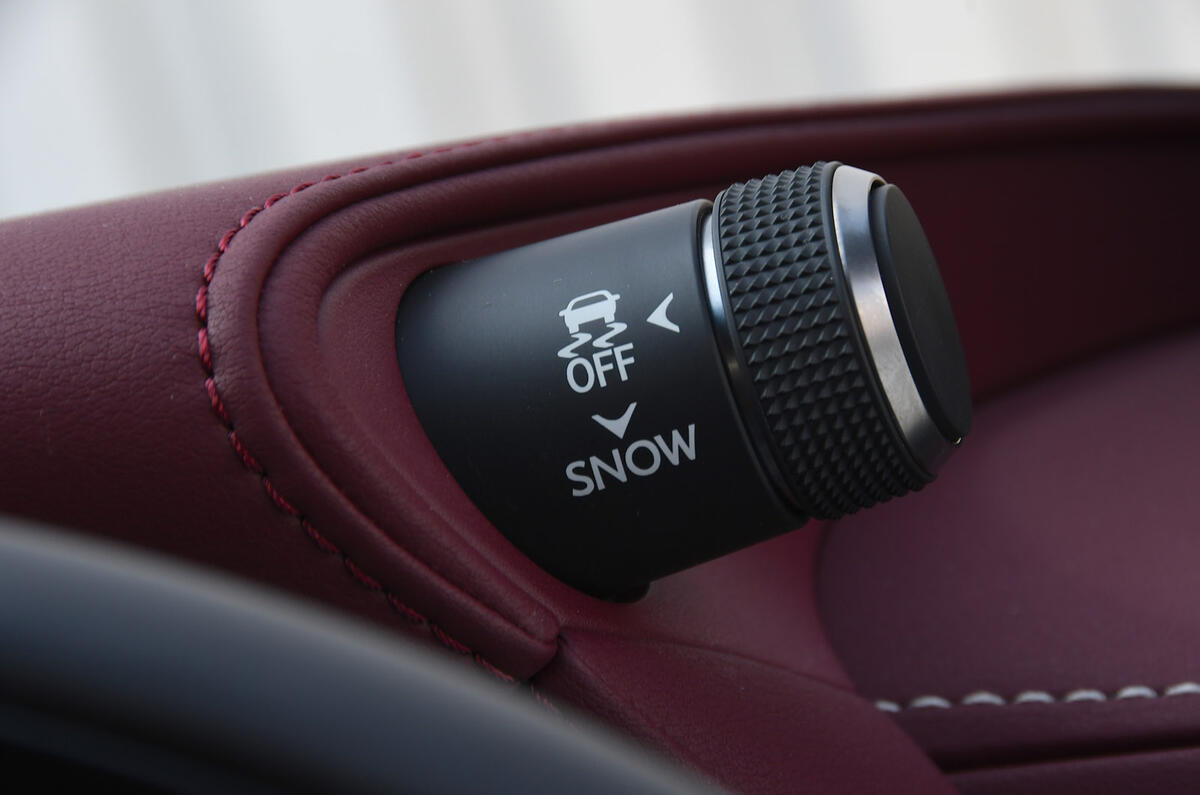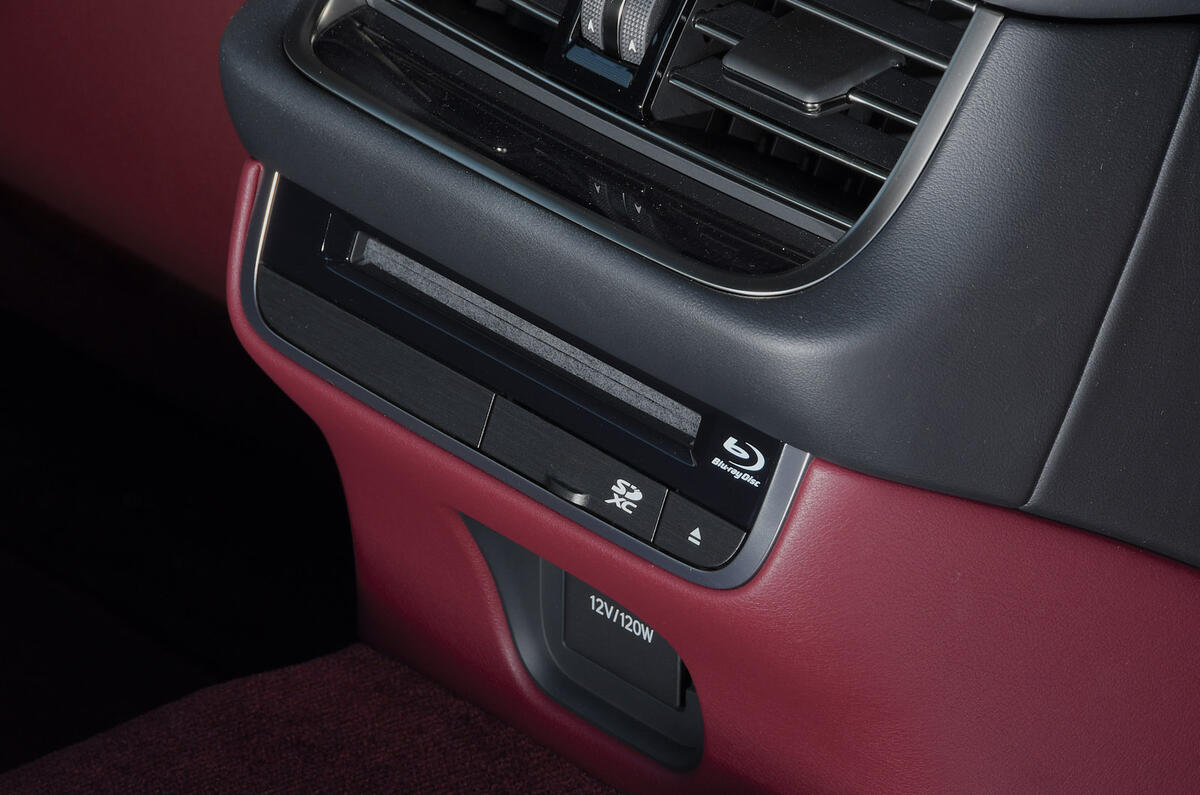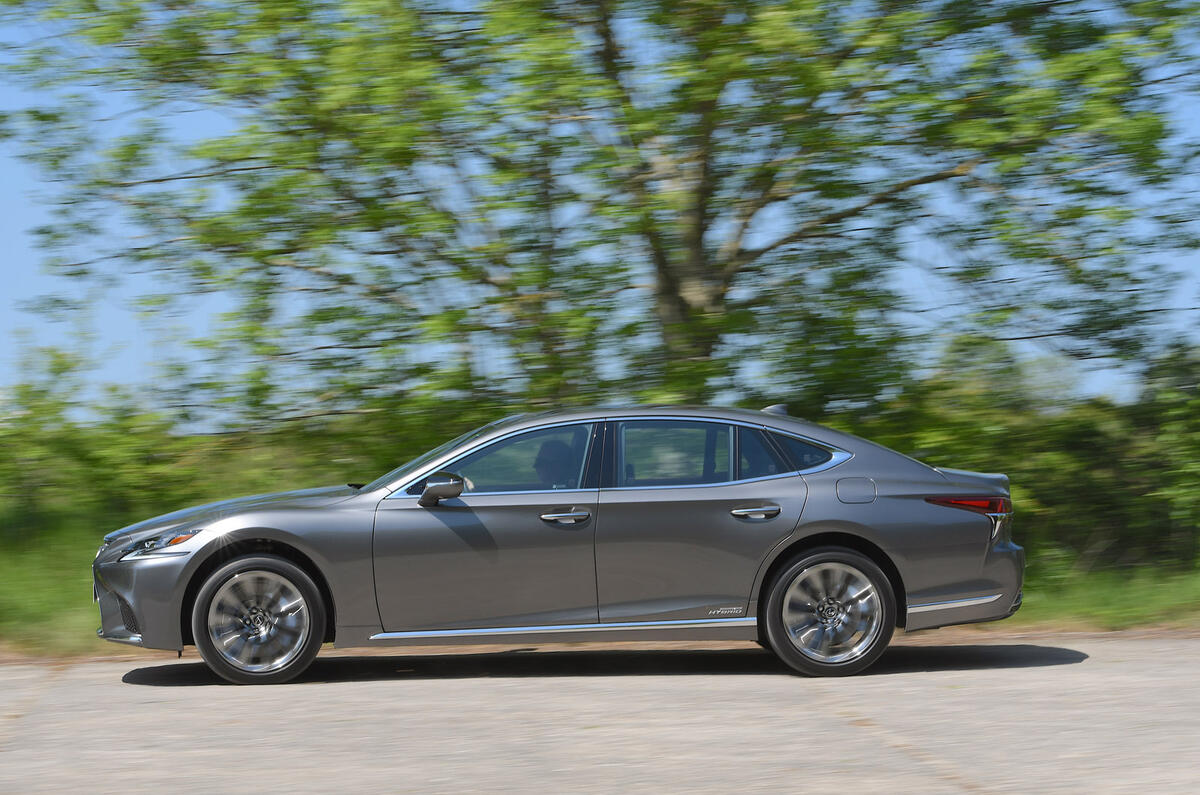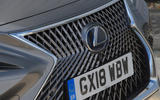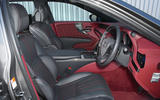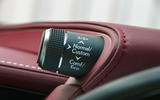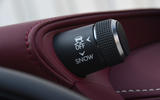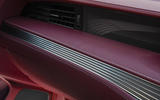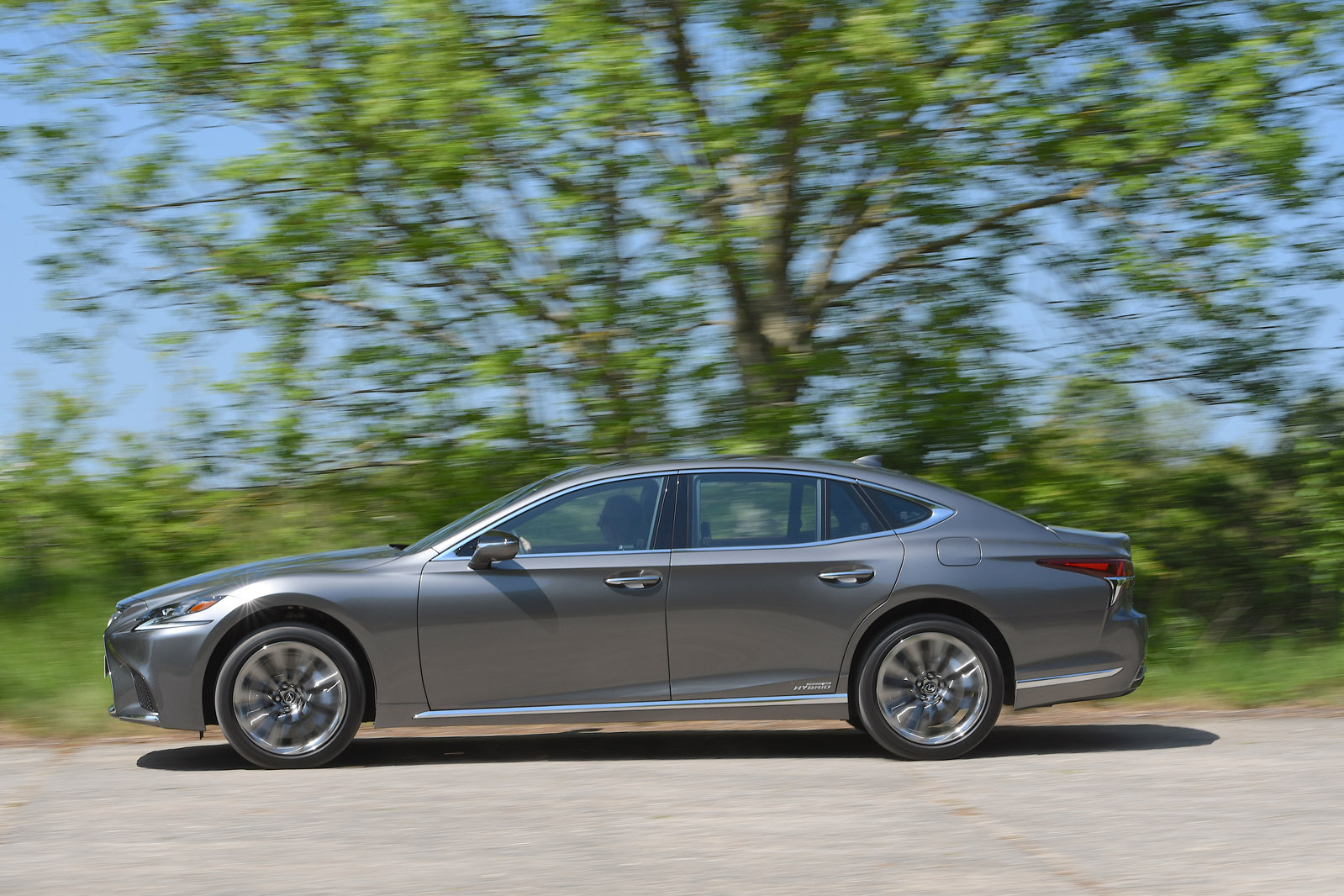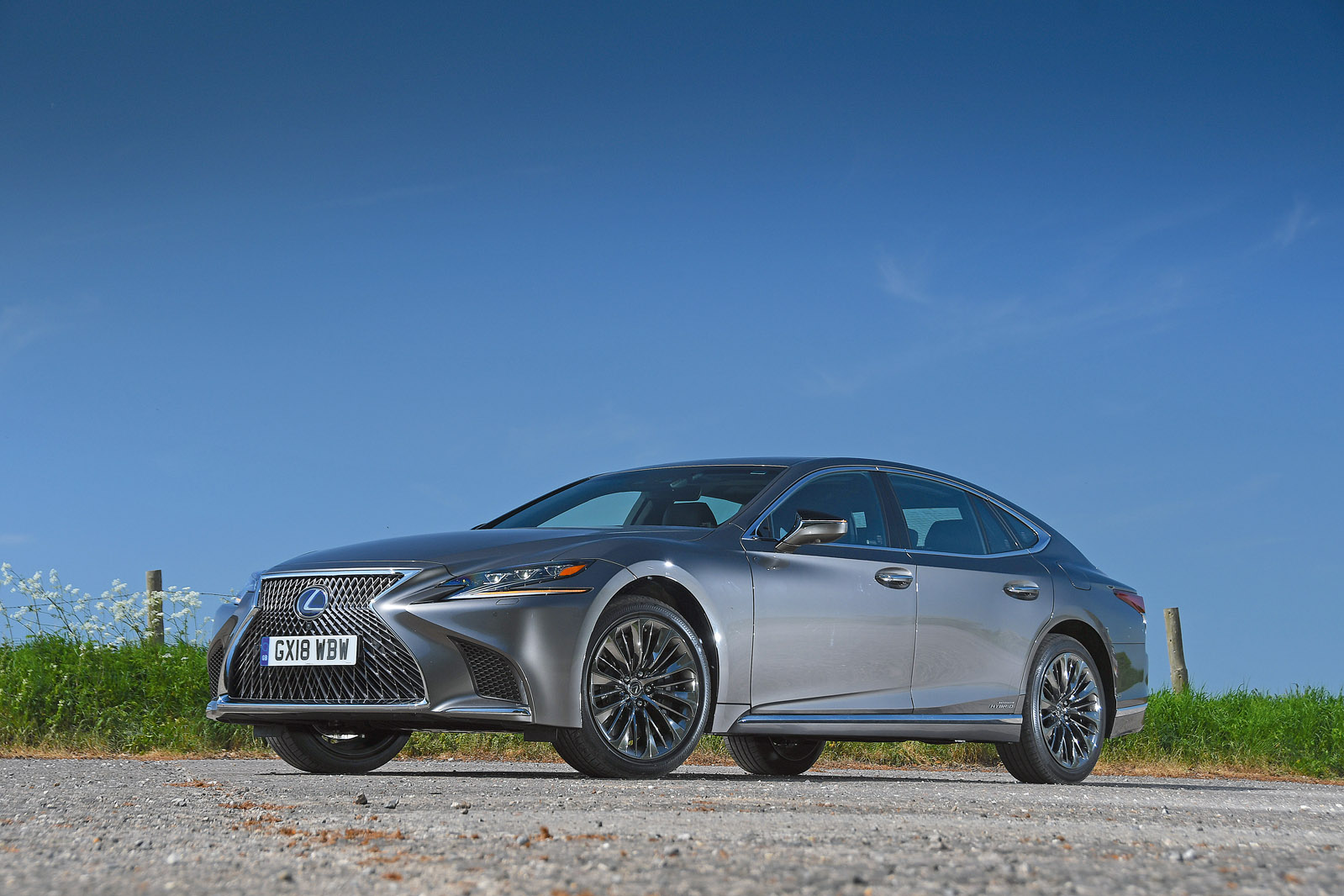Opt for air suspension on your new LS and, as you stride towards it and unlock it at close quarters, the body will rise up by 40mm to greet you.
Open the door and you’ll hear the gentle whirring of the electric motors of the driver’s seat as it automatically adjusts into a similarly raised, receptive position – ending up so high, in fact, that taller drivers should be warned to mind their heads on the way in.
This is the LS’s ‘welcome sequence’ – the first signs of the car’s apparent readiness to anticipate your every need and whim. And it’s all very clever and obliging and wonderful to behold – until, that is, your needs and requests get more complicated, and the car can’t manage to cater for them quite so effortlessly.
However, the breathtaking lavishness of the cabin and its superbly refreshing sense of style are both massive draws. The black and crimson semi-aniline leather upholstery – part of the £7600 ‘Pleat’ upgrade package – is spectacularly tactile and beautifully stitched. Spread liberally across the interior surfaces, it covers everywhere your arms, hands and knees are likely to come into contact with the car – but it also extends into places as unlikely as the bottom of the door pockets.
That leather is just one of many treats for the senses in this amazing interior. The Pleat package also includes cut glass decorative inlays for the doors, done in the Japanese ‘kiriko’ style, as well as fabric that is hand-pleated to make it look like origami folded paper.
Up front, the car’s driving position is good and offers a very widely adjustable and comfortable seat surrounded by plenty of space. Instrumentation is all-digital, and it’s presented primarily on an unusually small panel. That said, with a head-up display twice the size of any you’ll see elsewhere, you’ll find that you spend longer looking at the projection on the inside of the LS’s windscreen, for information of all kinds, than you do through the rim of the steering wheel.
The idea is commendable, since your line of sight stays closer to the road as a result. But it’s a particular shame that the car’s infotainment system, controlled as it is through Lexus’s ‘remote touch interface’ touchpad, can be so distracting and therefore undoes Lexus’s good work elsewhere.
The touch-sensitive panel is meant to recognise pinch, scroll, drag and double-tap gestures as well as handwriting input, but it seems unnecessarily fussy about where you place your fingertip when you’re using it to navigate menus, while altering the scale of the sat-nav map always seems to take several tries. Still, it has most of the functionality you’d want from a premium set-up, and the 12.3in screen has the graphical appeal to go with it.
For audio entertainment, the car gets a 12-speaker system by Pioneer at entry level, moving up to a 23-speaker, surround-sound Mark Levinson set-up that sounds great and is particularly good at bringing compressed music files to life.
And in those all-important back seats? The LS has good but not outstanding occupant space, on seats that motor into a sleep setting on which you’ll be very comfortable, but not quite to the same extent as you would be in a like-for-like Mercedes-Benz S-Class or A8, according to most testers. The remote infotainment screen for rear seat passengers only comes on Premier-grade cars and isn’t really a match for the removable tablet screens in the new Audi A8, either for usability or functionality.








